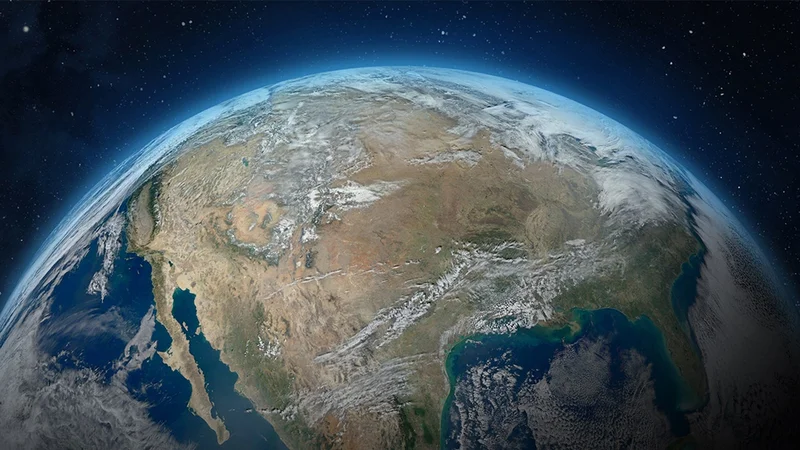Generated Title: Greenland's Rare Earths: A Geopolitical Gamble or Just Another Overhyped Mining Claim?
The Greenland Gold Rush? Rare Earth Realities
Greenland, the world's largest island, is suddenly a hot topic again, not for its glaciers, but for what lies beneath: rare earth minerals. The narrative being pushed is that Greenland could break China's near-monopoly on these crucial elements, vital for everything from smartphones to electric vehicles and, yes, even military hardware. Critical Metals, for example, is betting big on the Tanbreez project, envisioning multiple mining pits carving into the landscape. But let's pump the brakes for a minute.
The story sounds compelling: a remote, untapped resource ready to fuel the West's tech ambitions. The Tanbreez project alone covers a 15 sq km area, hinting at a massive deposit. But size isn't everything. The real question is: what's the concentration of these rare earths, and how economically viable is extraction? The The story behind the scramble for Greenland's rare earths doesn't provide these crucial figures. It's like saying you have a lake full of water, but neglecting to mention it's only an inch deep.
And this is the part of the report that I find genuinely puzzling. Why the lack of specifics? We are talking about mining, which is ultimately a game of margins. If it costs more to extract these minerals than they are worth on the open market, the geopolitical ambitions don't matter. It becomes a government-subsidized boondoggle, funded by taxpayers.
The China Factor and the Cost of "Independence"
The elephant in the room is China's dominance. They control a significant portion of the rare earth supply chain, giving them considerable leverage. Breaking free from this dependence is undoubtedly a strategic goal for the US and other Western nations. But at what cost?

Let's say Greenland does become a major rare earth producer. The initial capital expenditure to set up the mines, processing plants, and transportation infrastructure will be immense. Critical Metals CEO Tony Sage gestures towards the Tanbreez site, envisioning those pits. But turning that vision into reality requires billions in investment. Will private companies foot the bill, or will governments step in with subsidies? And if subsidies are involved, how will that impact the overall cost-effectiveness of Greenland's rare earths compared to Chinese sources?
I've looked at hundreds of these filings, and this particular lack of cost analysis is unusual. It's as if the geopolitical imperative is overshadowing basic economic realities. We need to see a detailed breakdown of extraction costs, processing costs, and transportation costs before we can assess the true potential of Greenland's rare earth resources.
Furthermore, there's the environmental angle. Mining, by its very nature, is disruptive. Greenland's fragile ecosystem is already under pressure from climate change. Large-scale rare earth mining could exacerbate the problem. What are the environmental safeguards in place? What's the plan for waste disposal? These questions also need answers. It's not about blindly opposing mining; it's about ensuring it's done responsibly and sustainably.
